Underground Sewage Treatment Plant
Underground Sewage Treatment Plant Specification
- Water Source
- Human/Kitchen Waste Water
- Application
- Industries
- Capacity
- 50 Kiloliter/day
- Automation Grade
- Semi Automatic
- Product Type
- Sewage Treatment Plants
- Technology
- MBBR/MBR/SBR
- Power Source
- Electric
- Operation Type
- Automatic
- Warranty
- 1 Yr
Underground Sewage Treatment Plant Trade Information
- Minimum Order Quantity
- 1 Unit
- Supply Ability
- 100 Units Per Month
- Delivery Time
- 10 Days
- Main Domestic Market
- Gujarat
About Underground Sewage Treatment Plant
An Underground Sewage Treatment Plant (STP) is a type of sewage treatment facility that is built underground to process and treat wastewater from residential, industrial or commercial sources. The primary purpose of an STP is to treat sewage and wastewater to remove contaminants before discharging the treated water into the environment, or reusing it for various applications.
Underground Sewage treatment Plants (STPs) are often referred to by different names based on their designs, location or specific use. Some common names include, Underground Sewage Treatment System, Subsurface Sewage Treatment Plant, Subsurface Sewage Disposal System, Underground Effluent Treatment Plant, Below-ground Sewage Treatment Facility, Septic Tank (for smaller systems), Compact Sewage Treatment Plant, Modular Sewage Treatment System, Buried Sewage Treatment Plant.
We Are Manufacturers & Suppliers In Ahmedabad, Gandhinagar, Gujarat, India, Sanand GIDC, Mehsana, Vitthalapur, Mandal Bechraji Special Investment Region(MBSIR), Halol GIDC, Bavla Kerala GIDC, Dahej SIR & PCPIR(Petroleum, Chemicals and Petrochemicals Investment Region), Dholera SIR, GIDC Industrial Area(Gujarat Industrial Development Corporation), MIDC Industrial Area(Maharashtra Industrial Development Corporation), MPIDC Industrial Area(Madhya Pradesh Industrial Development Corporation), RIICO Industrial Area(Rajasthan State Industrial Development & Investment Corporation), PSIDC(Punjab State Industrial Development Corporation), SEZs Area(Special Economic Zones), SEEZ Area(Solar Energy Enterprises Zone) In Rajasthan, Peenya Industrial Area In Bengaluru(Bengalore, Karnataka).
Capacities:
Small-Scale: 5 to 50 KLD (e.g., Residential complexes, Small Buildings).
Medium-Scale: 50 to 500 KLD (e.g., Apartment Complexes, Hotels).
Large-Scale: 500 to 5000 KLD (e.g., Large Commercial or Industrial Facilities).
Capacities Varies Based on the Specific Requirements Of the area or facility being served.
How to Work:
An Underground Sewage Treatment Plant (STP) Works by processing wastewater in a compact, below-ground system to remove pollutants.
1. Preliminary Treatment: Wastewater first enters a Screening Chamber where large debris (like plastics and solids) is removed.
2. Primary Treatment: The water moves to a Settling Tank, where heavier solids settle at the bottom (Sludge) and grease/oil floats to the top and is removed.
3. Secondary Treatment: The water passes through a biological treatment process (like activated sludge or bioreactors) where microorganisms breakdown organic contaminants.
4. Tertiary Treatment (if applicable): The treated water may go through additional filtration or chemical processes to remove any remaining contaminants, improving its quality.
5. Disposal or Reuse: The treated water is either released safely into the environment or reused for non-potable purposes.
The System is compact and efficient, with components buries underground to save space and reduce the impact on the surroundings.
Applications of Underground Sewage Treatment Plants:
Residential Complexes: Large residential complexes, such as high-rise buildings or gated communities, often use underground sewage treatment systems to manage wastewater.
Commercial centers: Shopping Malls, office buildings and other commercial complexes with large numbers of people may also install underground STPs to handle sewage.
Industrial Facilities: Factories and Manufacturing Plants with significant wastewater generation may use underground systems to treat effluent before discharge.
Oil & Gas: USTPs treat wastewater containing oil, chemicals and other contaminants, ensuring water is safe for reuse or discharge.
Hotels & Resorts: USTPs are ideal for treating sewage in isolated or luxury properties, where traditional treatment systems may not be viable due to space or aesthetic concerns.
Municipalities: In densely populated urban areas with limited space, USTPs provide an efficient solution for treating sewage without taking up valuable surface area.
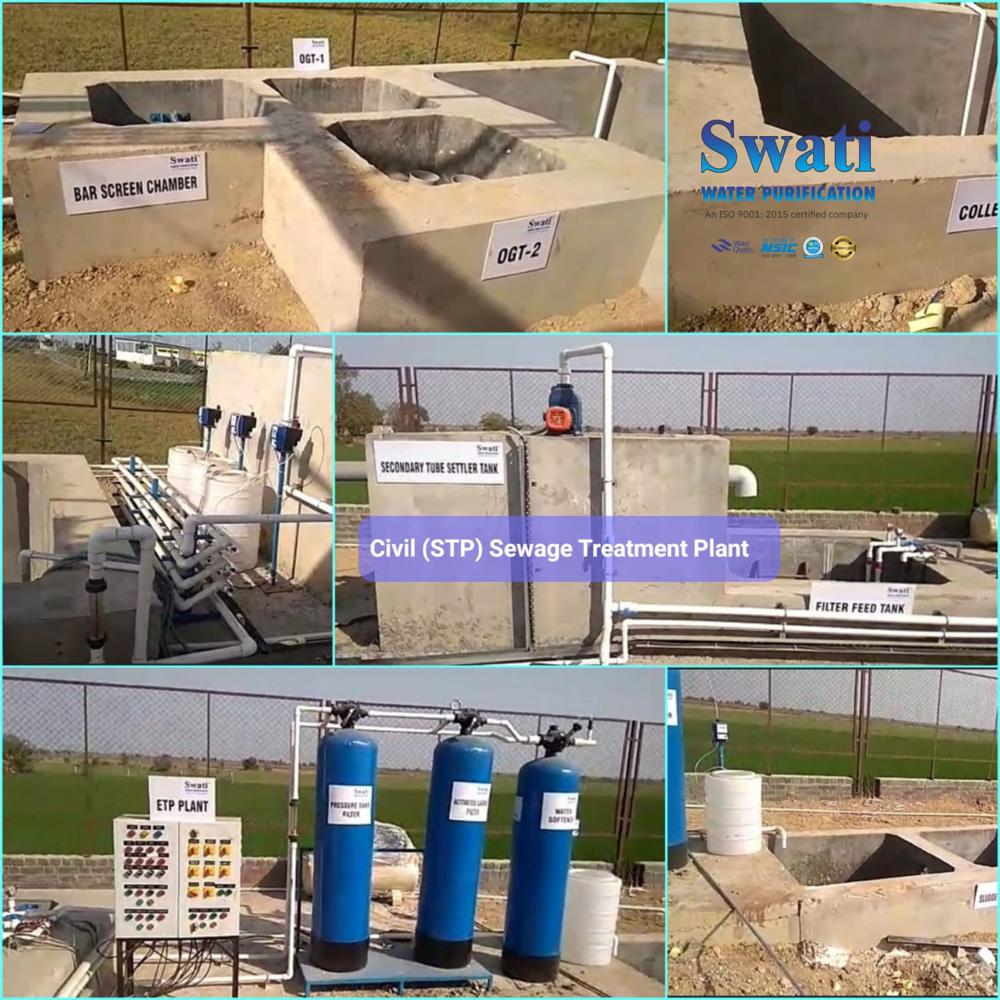
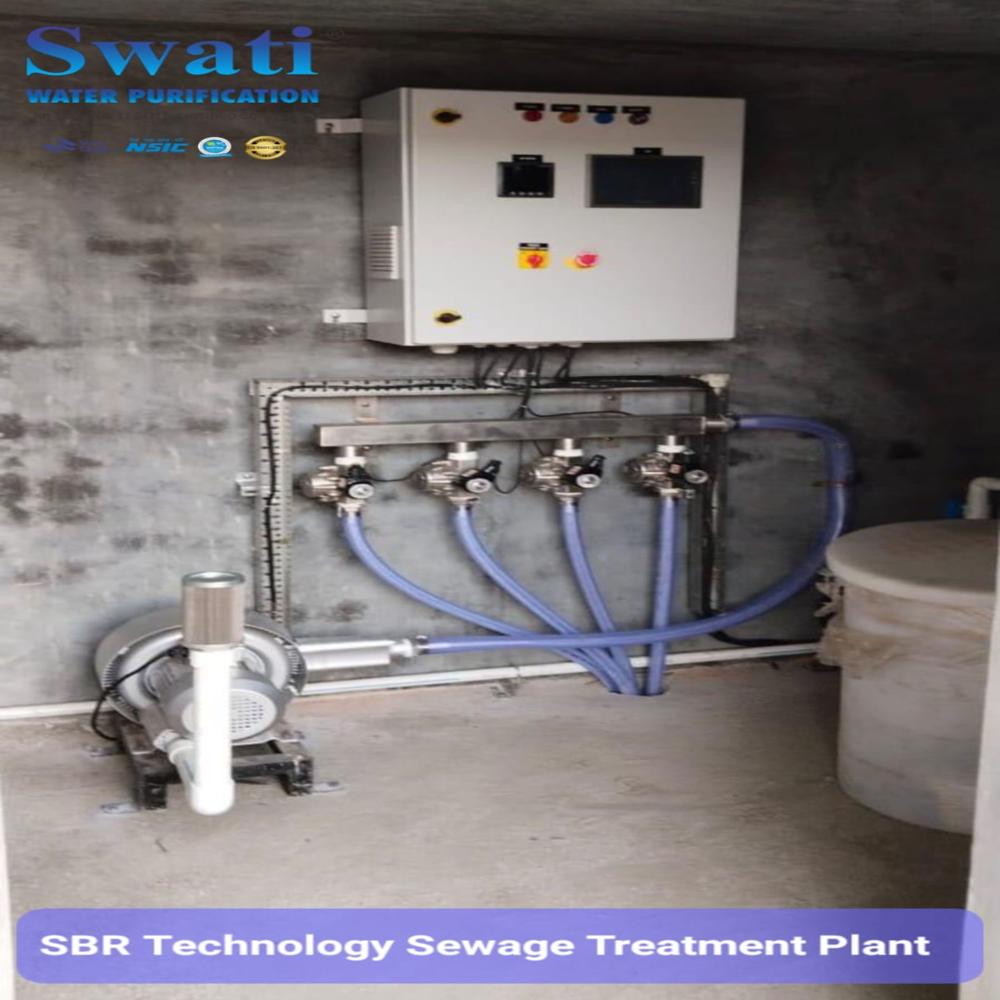
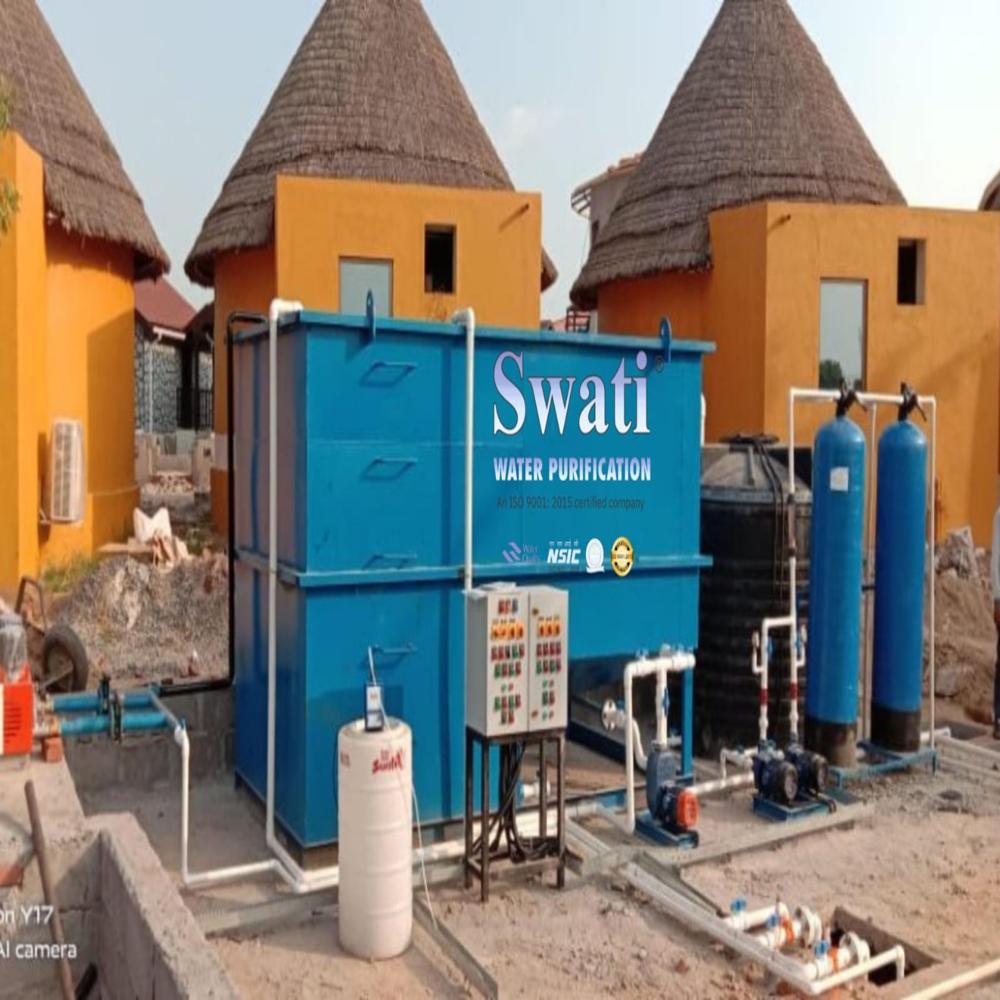
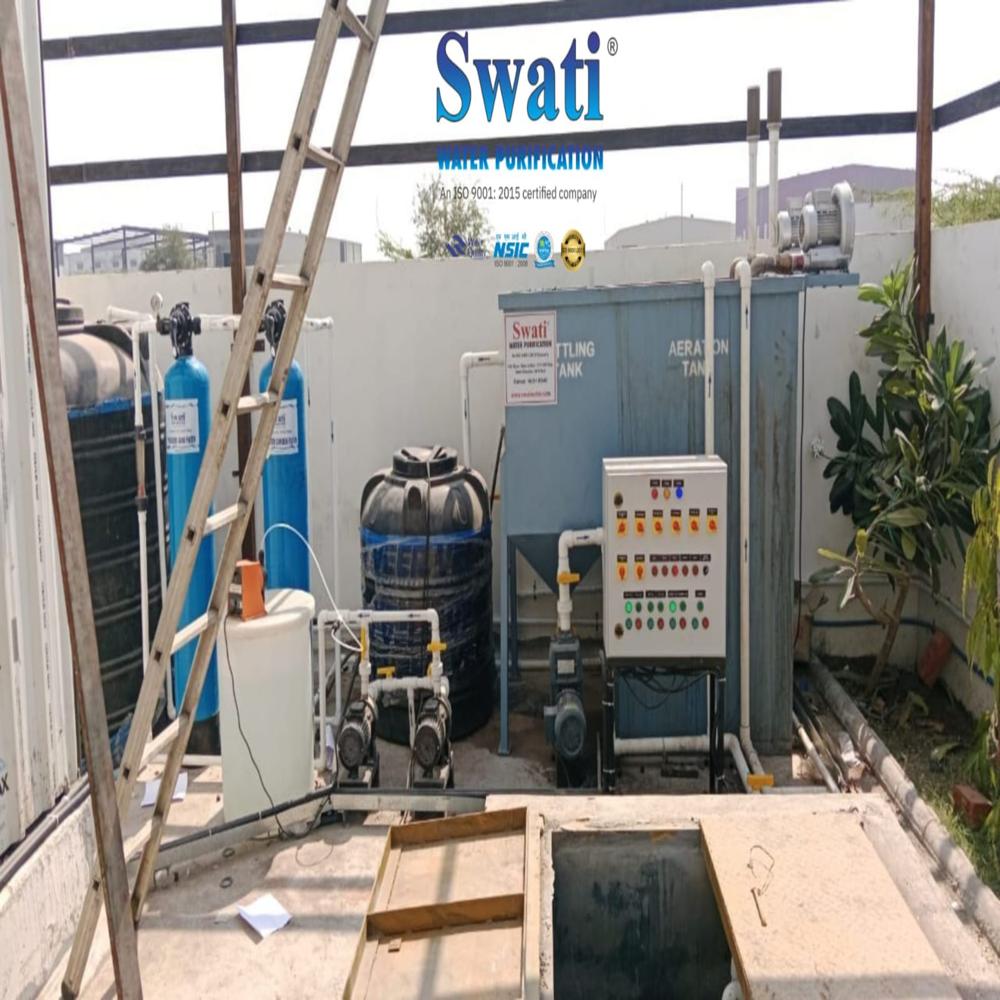
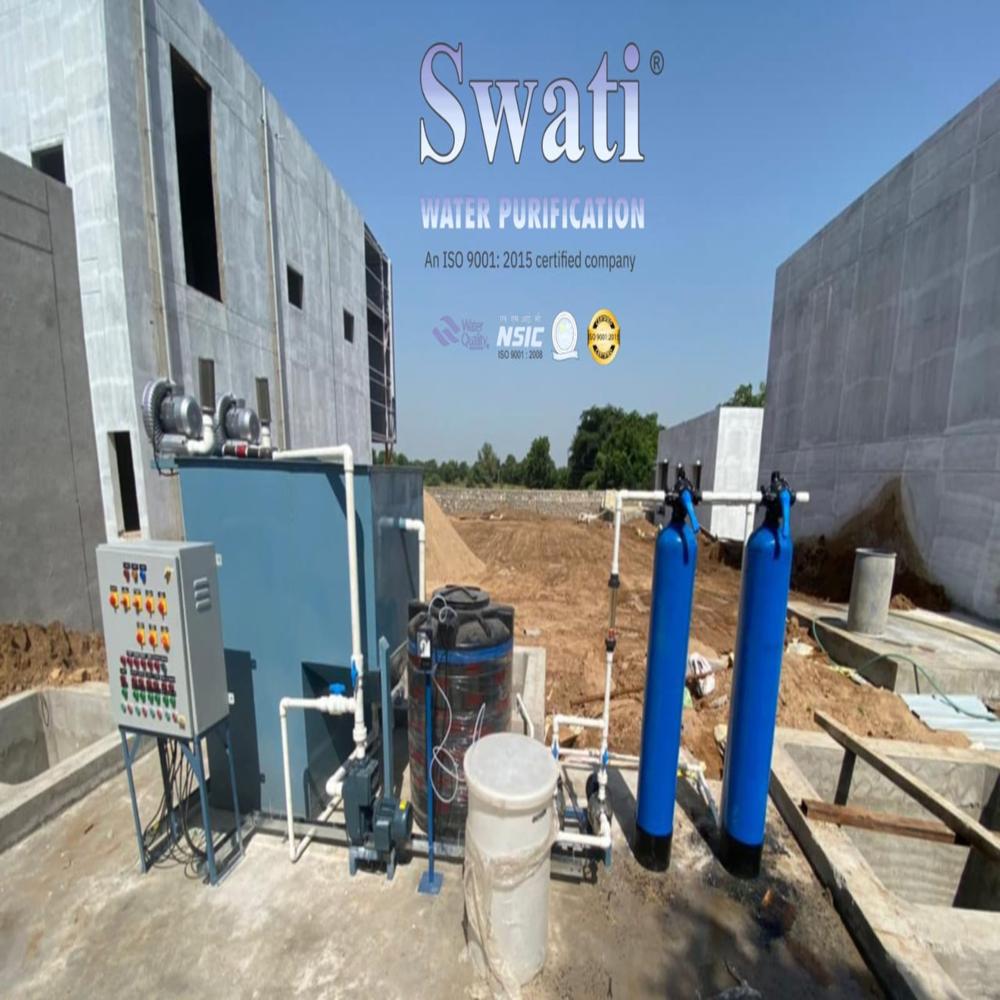
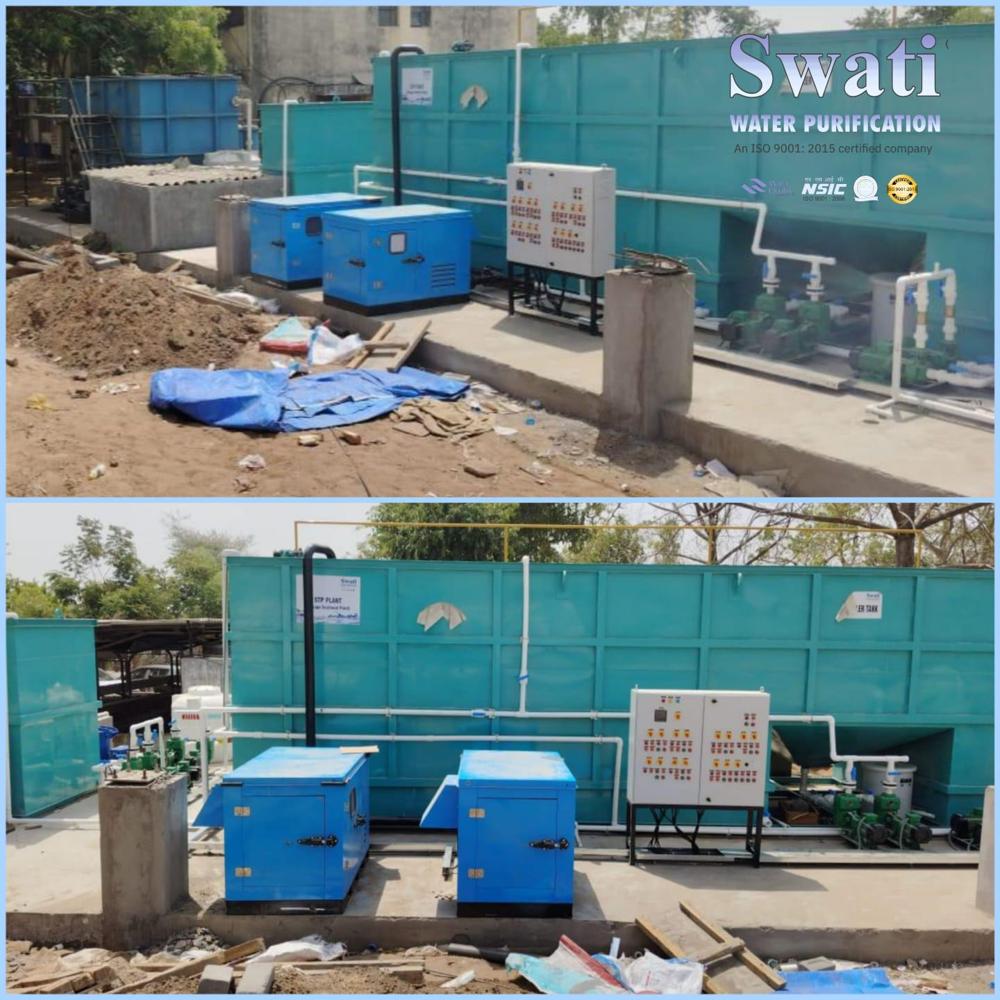

Price:
- 50
- 100
- 200
- 250
- 500
- 1000+
More Products in Sewage Treatment Plants Category
Moving Bed Bioreactor Sewage Treatment Plant
Price 425000.0 INR / Unit
Minimum Order Quantity : 1 Unit
Technology : MBBR/ MBR/ SBR
Warranty : 1 Year
Power Source : Electric
Application : Industrial
Sewage Treatment Plants STP
Price 425000.0 INR / Unit
Minimum Order Quantity : 1 Unit
Technology : MBBR/ MBR/ SBR
Warranty : 1 Year
Power Source : Electric
Application : Any Industrial or Domestic water
Commercial Sewage Treatment Plant
Price 281000.0 INR / Unit
Minimum Order Quantity : 1 Unit
Technology : MBBR/ MBR/ SBR
Warranty : 1 Year
Power Source : Electric
Application : Any Industrial or Domestic water
Modular Sewage Treatment Plant
Price 450000.0 INR / Unit
Minimum Order Quantity : 1 Unit
Technology : MBBR/MBR/SBR
Warranty : 1Yr
Power Source : Electric
Application : Many Industries


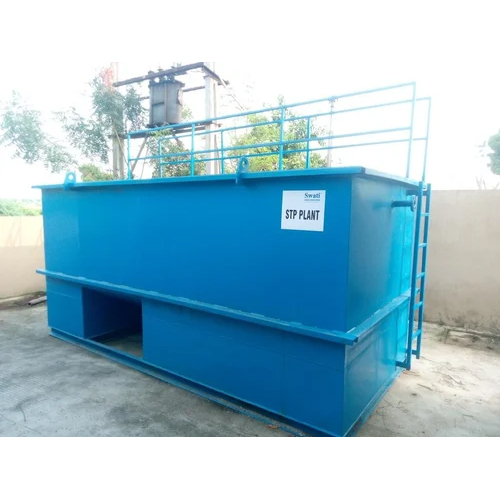
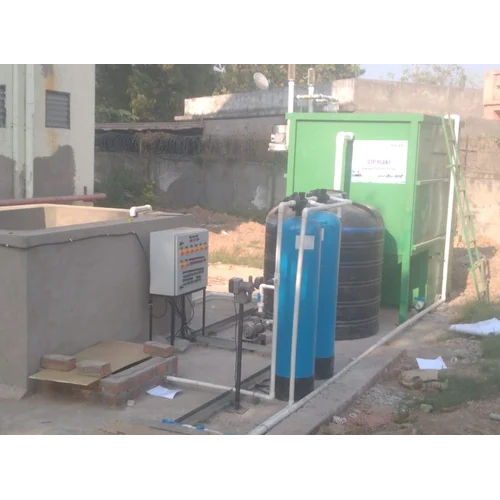



 Send Inquiry
Send Inquiry Call Me Free
Call Me Free